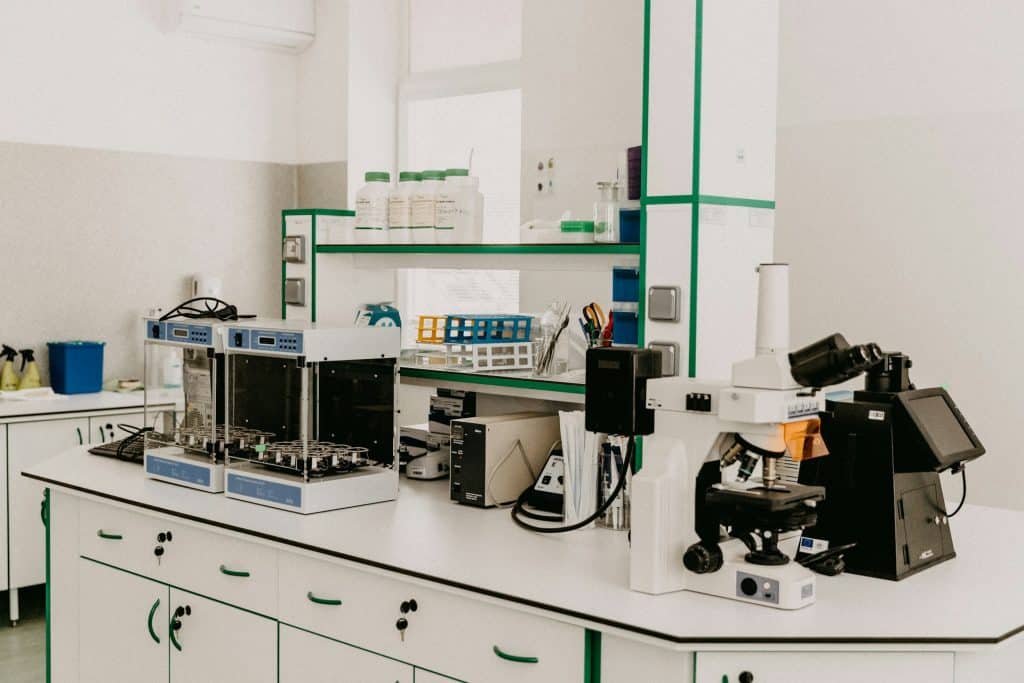Fourier-transform infrared (FTIR) spectrometers are the backbone of many modern analytical labs—from academic research and pharmaceutical quality control to forensic investigations and environmental monitoring. These instruments provide rapid, reliable insights into chemical composition and molecular structure, making them essential for scientists and technicians who need accurate answers fast.
When evaluating Agilent FTIR spectroscopy instruments or any other FTIR system, the choice goes far beyond the price tag. The best fit depends on how well the instrument aligns with your workflow—things like sample format, sensitivity requirements, user experience, and scalability. In this post, we’ll break down the most important factors to consider so you can confidently select a solution that supports your current projects and grows with your lab’s future needs.
What is an FTIR spectrometer and why it matters
An FTIR spectrometer measures how a sample absorbs infrared light to produce a molecular fingerprint. That fingerprint lets chemists identify functional groups, check material purity, or monitor chemical reactions. For labs, FTIRs are prized for speed, non-destructive analysis and broad applicability but models vary widely in sensitivity, resolution and convenience.
Key factors when choosing an FTIR
Application and sample types
Start with what you’ll analyse most. Common sample formats include:
- Solids (powders, films)
- Liquids and solutions
- Gases
- Thin films and coatings
If you routinely measure solids, ensure the spectrometer supports ATR (attenuated total reflection) accessories. For gas monitoring, look for high-sensitivity gas cells. The right accessories dramatically affect usability and results quality.
Spectral range and resolution
Different applications require different resolution. High-resolution instruments resolve closely spaced peaks (useful for complex organic molecules), while routine QC can often get by with lower resolution. Check the spectral range: mid-infrared (MIR) is most common, but some specialised labs need near-IR (NIR) capability.
Sensitivity and noise performance
Sensitivity determines how small a spectral feature you can detect. If you work with trace contaminants or very thin films, prioritise low noise and high signal-to-noise ratio. Cryogenically cooled detectors were once standard for maximum sensitivity; modern room-temperature detectors (like DTGS or some cooled MCT variants) can offer excellent performance with less maintenance.
Throughput and automation
Consider how many samples you process daily. For high-throughput labs, automated sample changers and software that supports batch processing will save time and reduce operator variability. Integration with LIMS (Laboratory Information Management Systems) is another boon for busy facilities.
Software and spectral libraries
User-friendly software speeds up training and routine analysis. Look for features such as baseline correction, peak deconvolution, quantitative analysis tools and good reporting templates. Comprehensive spectral libraries (including Australian or region-specific materials where relevant) make identification quicker and more reliable.
Robustness and maintenance
Laboratory environments vary. If your instrument will be used heavily or by multiple operators, choose a robust build with easy-to-replace consumables. Consider service plans, local support availability and the vendor’s reputation in Australia — prompt on-site support can be decisive.
Budget and lifetime cost
Initial purchase is only part of the story. Factor in consumables, accessories, maintenance contracts and software licences. Sometimes a higher upfront cost pays off through lower running costs or longer service life.
Practical tips for buying
- Run a demo with your actual samples. Vendor demos with blank samples are useful, but nothing beats seeing your own materials analysed.
- Check compatibility. Ensure accessories, detectors and software upgrades are compatible with the model you pick.
- Think ahead. Will your lab’s needs change in 3–5 years? Modular systems let you add detectors or modules later.
- Ask about warranties and local service. Australian labs benefit from local technical support to reduce downtime.
- Compare spectral libraries. The vendor’s library can speed up routine IDs — check coverage for the materials you handle.
Final Thoughts
Choosing the right FTIR spectrometer comes down to matching the instrument’s strengths to your lab’s specific needs sample type, throughput, sensitivity and long-term support. Spend time evaluating software, accessories and vendor service; these factors often determine how smoothly the instrument works day-to-day. With the right choice, an FTIR will become one of your lab’s most versatile and reliable analytical tools.




































